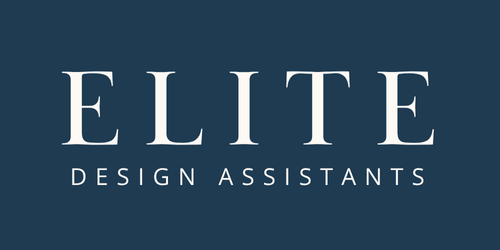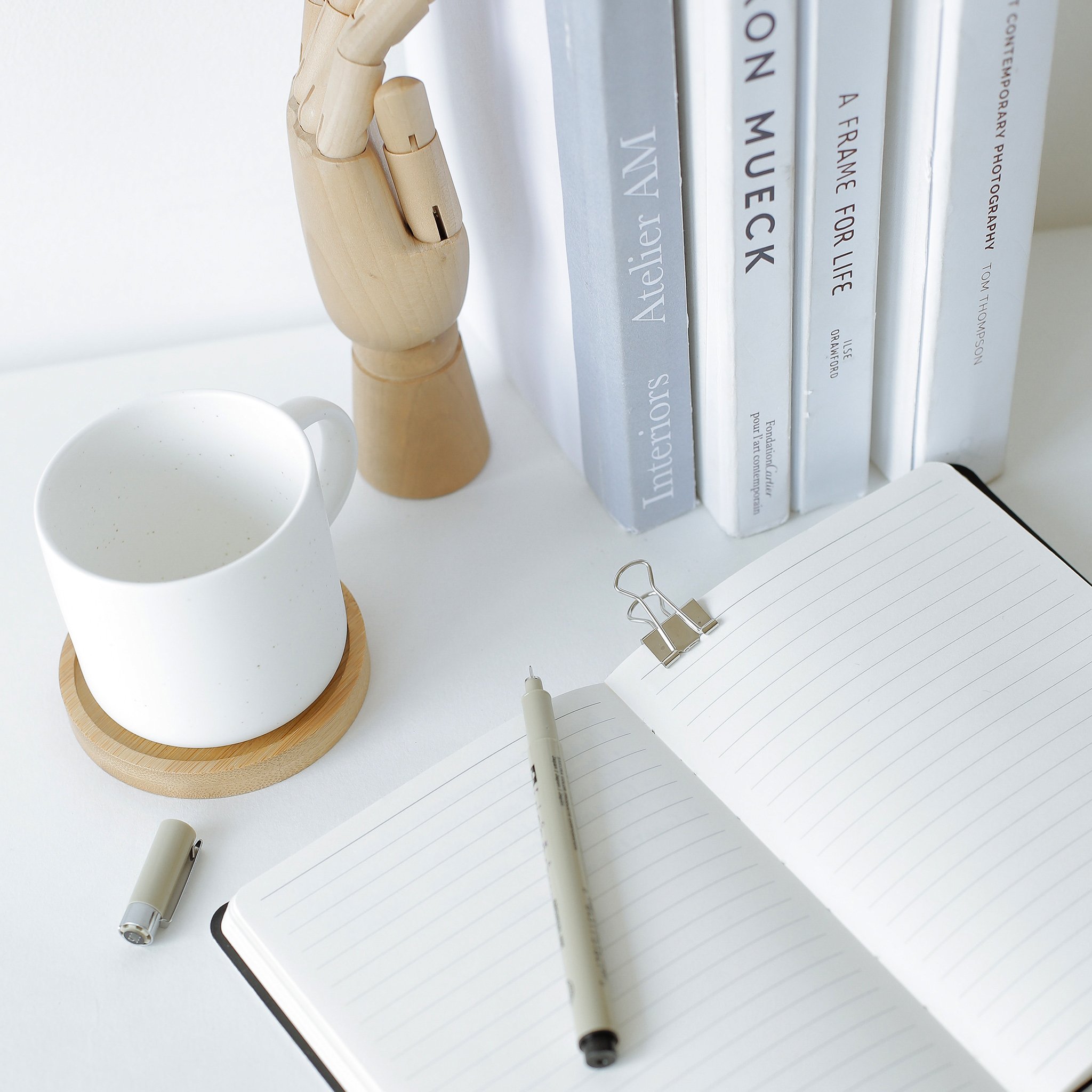Tips for Successful Outsourcing for Interior Designers
/As an interior designer, you know that time is one of your most valuable resources. With a busy schedule, it can be challenging to manage all aspects of your business, from design to administration. That's why more and more designers are turning to outsourcing to lighten their workload and focus on their core competencies. In this article, we'll explore the benefits of outsourcing and provide tips for a successful partnership. Whether you're considering outsourcing for the first time or looking to optimize your current arrangements, this guide will help you make outsourcing work for you.
And, as many of our clients can attest, we will assist you with any of the below to help set you up for outsourcing success! If you need help with anything at all, please feel free to reach out.
Whether you're a small start-up or a large corporation, outsourcing can provide numerous benefits that can help take your business to the next level. To name a few, outsourcing:
Provides access to specialized skills and expertise
Increases flexibility in managing workload and meeting deadlines
Enables you to scale your business without having to hire full-time staff
Reduces the burden of repetitive or time-consuming tasks
Allows you to take on more projects and grow your business
And it works wonderfully when both parties are on the same page. By providing your outsourcing collaborator or virtual design assistant with the necessary information and tools, you'll set them up for success and equip them with everything they need to work efficiently and effectively for you. This will not only save you time and money in the long run, but it will also help to establish a positive working relationship based on clear communication and mutual understanding. Here are 7 tips to ensure success when delegating tasks to another design professional.
Assess the tasks at hand.
Before beginning the outsourcing process, assess which tasks are suitable for outsourcing and which should be kept in-house. To determine which tasks to outsource, consider which tasks are most time-consuming, repetitive, or require specialized skills that may not be available in-house. Once you've determined which tasks to outsource, create a budget for those tasks to help you plan and prioritize.
Establish procedures.
To prepare for outsourcing, develop your standard operating procedures (SOPs) and compile them in a company manual. This document should delineate your firm's standard internal processes, policies, and procedures, including any useful links and templates. Having these procedures documented will help your outsourcing partner to comprehend how your firm operates and give them a reference point, which ultimately takes less of your time.
Gather style samples.
Another basic element to have prepared is your branding kit, which should include your company's logo, color palette, typography, and any other visual elements that define your brand. This will help your outsourcing partner to create designs that align with your brand and maintain a consistent visual identity. Providing AutoCAD samples, design style guides, and project briefs will also help them adapt their work to your aesthetic–and technical–style.
Set up your project management platform.
To effectively communicate with your outsourcing partner, it is enormously helpful to use a project management software or platform, such as Asana or Trello, which you can use to communicate, track progress, and assign tasks. This way, you can manage your team's workload and stay on top of deadlines.
When you’re ready to brief your collaborator, here are some additional tips to ensure that the hand-off goes smoothly.
Talk big picture.
Share a brief overview of your business and identify your current needs (distinguishing them from potential future tasks) to ensure that your outsourcing partner understands what they will be working on right away. Additionally, communicate the time and schedule commitment that you are looking for at this time. This is also a good opportunity to let them know your preferred communication style, and what the first steps will be.
Define the scope.
When handing off a particular project or task, be sure to specify deadlines, a time limit if there is one, and the level of detail required (for example, a preliminary conceptual floor plan versus a final bid set). If possible, provide examples of similar previous work they can reference to cohere to your company’s standards. While there are a number of so-called "industry standards", the reality is that every firm is different, so the more specific you are when briefing, the better the result. If a project is being divvied up among multiple team members, let them know where their responsibilities begin and end so that they’re clear on their role, while also aware of other moving parts.
Foster open communication.
Communication is key when it comes to outsourcing. As you'll be working with people who may not be physically present, it's important to establish effective communication channels. By keeping an open dialogue, you can prevent minor queries from delaying progress. Make sure your assistant knows how and when to contact you or other team members for prompt resolution of doubts. Sharing your daily availability on a platform like Google Calendar can improve communication and efficiency. It's also helpful to schedule regular check-ins with an ongoing assistant, such as via video calls, to maintain fluid communication and benefit from mutual feedback.
Give them a heads up.
A final point to consider when outsourcing is to provide as much advance notice as possible when you anticipate a change in workload. By doing so, you not only give the assistant ample time to organize their time and resources to meet your needs but also respect their schedule and other obligations. Your assistant may also be working with other clients, and by giving them advance notice whenever possible, you are also ensuring that your projects remain a priority.
In conclusion, outsourcing can be a valuable resource for interior designers who want to grow their business and focus on what they do best. By following these tips, you'll be well on your way to a successful outsourcing partnership. So why not explore the benefits of outsourcing today and see how it can help you achieve your goals?
As always, we are happy to help! Please feel free to reach out if you need anything at all!
xx, Danae
Exciting News!
Enrollment for the Interior Design Standard has opened back up if you’d like to sneak into the Class of Spring 2023. So if you still wish you’d done it… NOW is the time!
Join the hundreds of designers transforming their businesses.
Enrollment will officially close Thursday, April 27th at 11:59PM EST.






















































